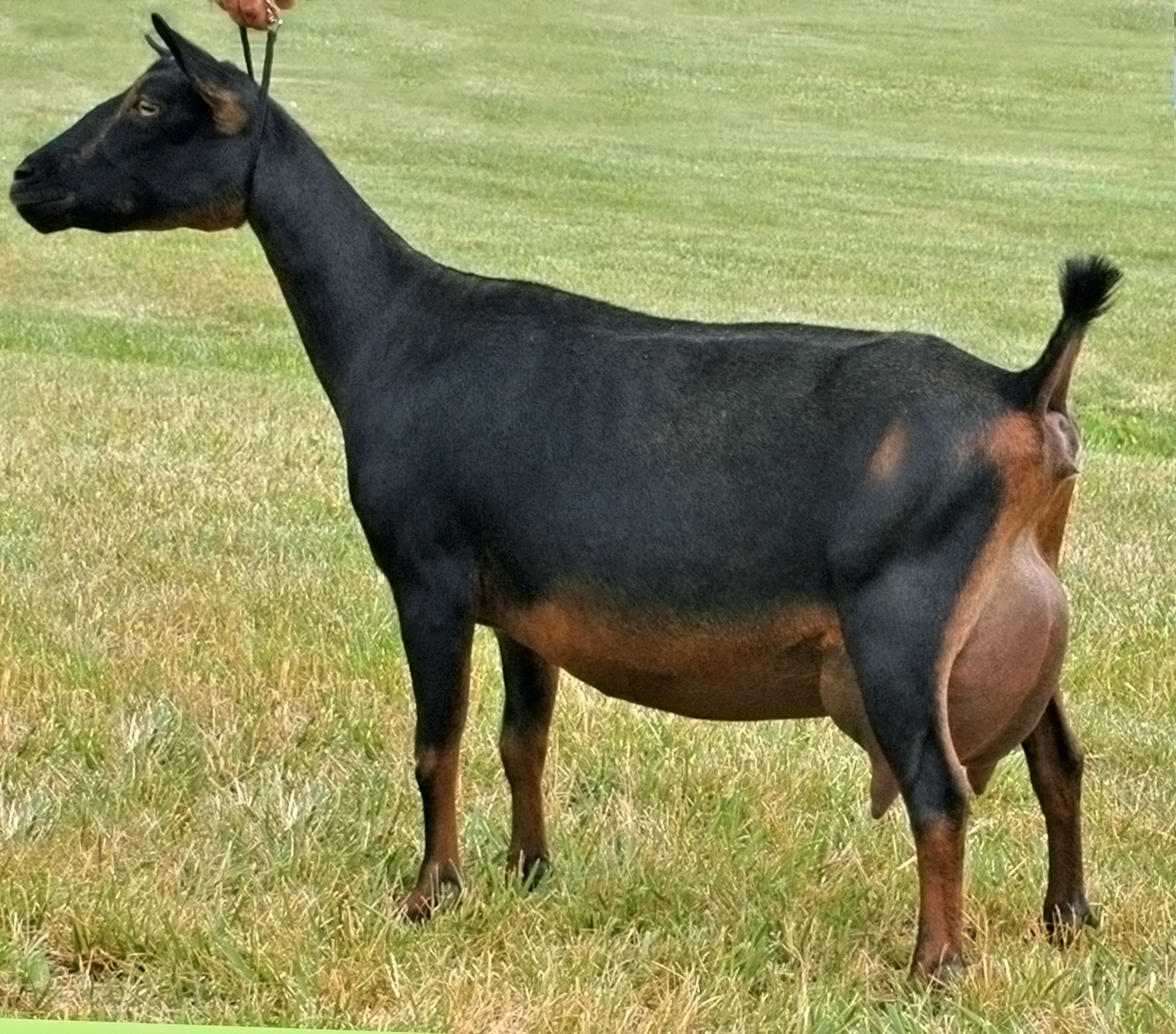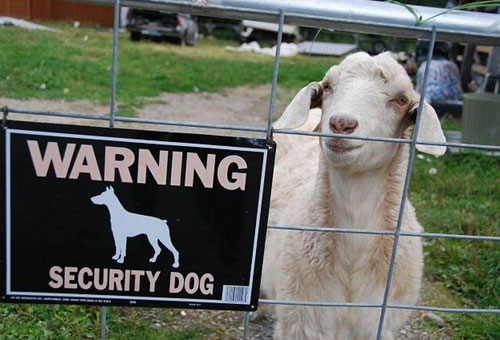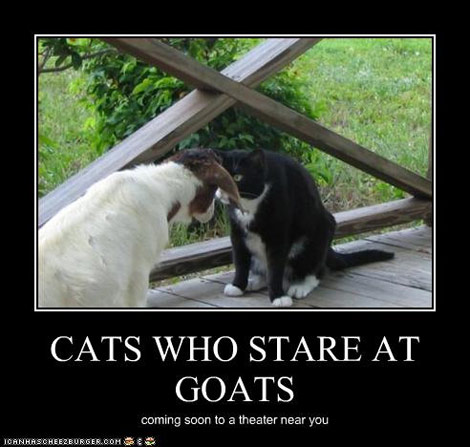It sure has been a while since our last post, so I thought it would be good to post our tentative 2012 breeding schedule. We breed in December for May & June babies. Breedings are subject to change until actual breeding is done. For more info on each goat, click on their name or picture.
*****
Does to be bred to Titan (NDG)
(pictured above)
Paisley - Nigerian Dwarf
*Blue Eyes Possible
Pistachio Dream - Nigerian Dwarf
*Blue Eyes Possible
Timber - Nigerian Dwarf
*Blue Eyes
Topaz - Nigerian Dwarf
*Blue Eyes Possible
Payton - Nigerian Dwarf
*Blue Eyes Possible
Promise - Nigerian Dwarf
*Blue Eyes Possible
*****
Does to be bred to Frankly My Dear (NDG)
(pictured above)
Wonder - Nigerian Dwarf
*Blue Eyes Possible
Rosalie - Nigerian Dwarf
*Blue Eyes Possible
Danni - Nigerian Dwarf
*Blue Eyes & Wattles Possible
*****
Does to be bred to Sterling Silver (Pygmy)
(picture above)
Jane - Pygmy
Bella - Pygmy
*****
Does to be bred to Pogo (Pygmy)
(pictured above)
Charlotte - Pygmy
*Wattles Possible
Oreo - Pygmy
*Wattles Possible
*****
Does to be bred to Cowboy Casanova (Pygmy)
(pictured above)
Leslie - Pygmy
Calypso - Pygmy
Layla - Pygmy
Mary - Registered Pygmy
*Wattles Possible
Scarlett - Pygmy
*Wattles Possible
*****
Price Estimates For 2011 Kids:
Purebred Doeling: $125-$150
Purebred Buckling: $100-$150
Purebred Wether: $75
If you purchase more than one kid from us, each kid
after the first will have a $25 discount.
If you are possibly interested in a kid from one of the above breedings,
please email us at calicopatchfarm@yahoo.com and let us know. We will not require a deposit on
any unborn kids because the kid you want might not be born. If the kid you
want is born and is available for sale, we will then discuss payment. If you
know that you are looking for a kid but you aren't picky about which
breeding it comes from, we can add you to the General Waiting list. Once
again, no deposits are required.
For more info on each breeding, please visit the full breeding schedule at





































